What decimated this plant?? pics!
ragtimegal
14 years ago
Related Stories

GARDENING GUIDESGreat Garden Combo: 3 Wonderful Plants for a Deer-Resistant Screen
Protect your privacy and keep deer at bay with a planting trio that turns a problem garden area into a highlight
Full Story
GARDENING GUIDES6 Plants That Beat Butterfly Bush for the Wildlife Draw
It's invasive, a nonnative and a poor insect magnet. Check out these better alternatives to butterfly bush in the garden
Full Story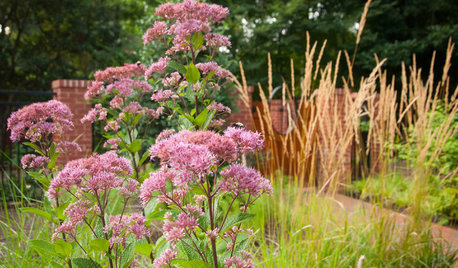
GARDENING GUIDESGreat Design Plant: Eutrochium Maculatum
Sculptural, slightly tropical looking and a boon to wildlife, Spotted Joe Pye Weed is a gotta-have plant in many parts of the U.S.
Full Story
GARDENING GUIDESGreat Design Plant: Silphium Perfoliatum Pleases Wildlife
Cup plant provides structure, cover, food and water to help attract and sustain wildlife in the eastern North American garden
Full Story
FLOWERSRudbeckia Mania: Go Beyond Black-Eyed Susan in the Garden
Branch out from typical nursery fare, with lesser-known Rudbeckia species that have delightfully unexpected features
Full Story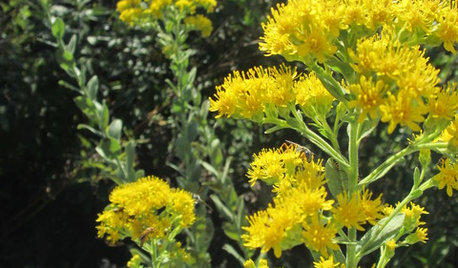
FALL GARDENINGGreat Design Plant: Oligoneuron Rigidum Brightens Fall Gardens
Create a pollinator feeding ground with this cheery, fuss-free goldenrod, formerly known as Solidago rigida, native to much of the U.S.
Full Story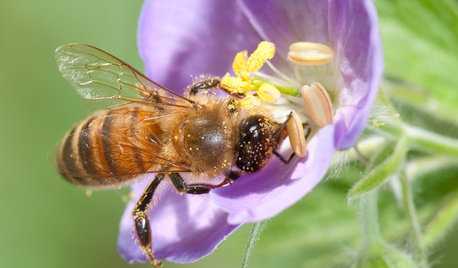
GARDENING GUIDESGreat Design Plant: Wild Geranium Puts on a Color Show
Oodles of bright blossoms and an easygoing nature make this woodland plant a welcome addition to a shady garden
Full Story
LANDSCAPE DESIGNGreat Design Plant: River Birch
Pick this rugged native tree for its intriguing peeling bark, soil adaptability or leaves that bring dappled shade to a garden
Full Story
GARDENING FOR BUTTERFLIES3 Ways Native Plants Make Gardening So Much Better
You probably know about the lower maintenance. But native plants' other benefits go far beyond a little less watering and weeding
Full Story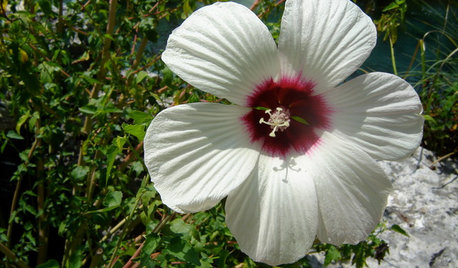
GARDENING GUIDESGreat Design Plant: Hibiscus Moscheutos
Crimsoneyed rosemallow is an ideal flowering perennial for wet sites and is ready to propagate now
Full Story






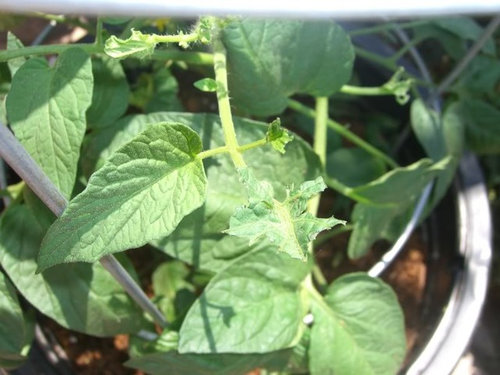

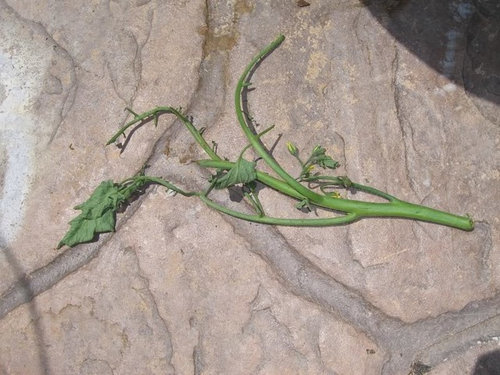
squonk
digdirt2
Related Professionals
Beverly Hills Landscape Contractors · Canby Landscape Contractors · Coram Landscape Contractors · Las Vegas Landscape Contractors · Mastic Beach Landscape Contractors · Thonotosassa Landscape Contractors · Middletown General Contractors · Pacifica General Contractors · Towson General Contractors · University Park General Contractors · Avocado Heights General Contractors · Huntington Decks, Patios & Outdoor Enclosures · Palmetto Decks, Patios & Outdoor Enclosures · Prichard Decks, Patios & Outdoor Enclosures · Racine Decks, Patios & Outdoor Enclosuressquonk
ragtimegalOriginal Author
anney
tammysf
ragtimegalOriginal Author
ragtimegalOriginal Author
Karen Pease
digdirt2
plantslayer
digdirt2
ragtimegalOriginal Author
ragtimegalOriginal Author
squonk
bcday
digdirt2
ragtimegalOriginal Author